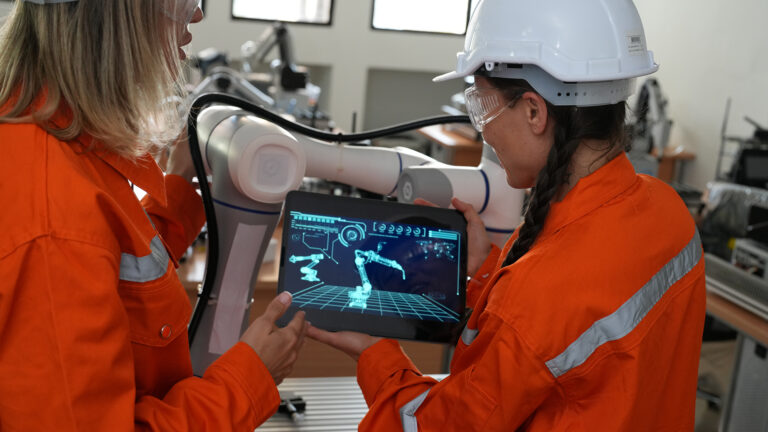Beyond the changes that are coming at the network access level (that is, the signal emitted by the antennas distributed throughout the country that allow cell phones to surf the Internet and make calls), it is also necessary for the transport networks (those that carry traffic from the stations or radio bases to the depths of the infrastructure) to prepare for the arrival of 5G. In this article we review some of the challenges ahead.
New uses and needs
Firstly, the data transfer rate is expected to increase significantly. On the one hand, an increase in the number of devices that will connect to the network is expected, since the number of machine-to-machine (M2M) connections through mobile networks has been growing steadily in the country and the world.
On the other, the expansion of 5G will enable new use cases that require the exchange of larger volumes of information; for example, autonomous driving or virtual or augmented reality applications.
This puts transport networks under stress, and link growth will be important, so network scalability must be ensured. It will be increasingly necessary to integrate optical transport technologies (such as DWDM) into networks to serve large numbers of users with increasingly higher data volume requirements.
Telemedicine boosting with 5G

Continuing with new applications, let's think about other possibilities that 5G brings with it. Since the pandemic, telemedicine has seen a major boost, and it is reasonable to assume that this trend will continue in the coming years.
Today, teleconsultations are quite widespread, but why not imagine in the future universal access to surgical specialists anywhere in the world? Imagine, for example, a professional operating on a patient thousands of miles away, even on the other side of the ocean, by means of a robot. That anyone can have access to this sounds incredible, but at the same time it brings new challenges for networks.
What do networks need to improve to ensure the quality of new uses?
The first challenge we can mention is that networks must have high availability and the ability to tolerate multiple failures while continuing to provide connectivity to their customers. It is important, then, that the data within the network has several protected paths to flow. No one would want to be operated on by a robot if there was a possibility that it could lose connectivity with the physician operating it remotely.
Along the same lines, latency (the time it takes for data to travel through the network to its destination in both directions) must be reduced to a minimum. Telemedicine and the applications mentioned above require an almost instantaneous response to events, so "friction" must be minimized. Operators will have to distribute the processing centers and bring them closer to the users, but they will also have to have links in good operating conditions, with reliable technologies that are as robust as possible.
Finally, one thing operators will have to focus on is security. Protecting users' information and infrastructure is essential, as we will increasingly integrate the use of networks into our daily lives. Just imagining that the robot that is operating us or our car could be compromised or manipulated while in operation is enough to make our hair stand on end. All portions of the network will have to be protected, including transportation.
There are several challenges ahead with the arrival of 5G in the country. With a reduced market and with the mobility that users have since the implementation of number portability, it is essential that operators prepare for them. In the long run, whoever can improve the quality of the user experience will benefit the most.
By
Andrés Burel, Engineering Leader of Telco & Smart Cities.
Andrés has a degree in Telecommunications Engineering from ORT University (Uruguay). He has more than 10 years of experience in telecommunications and has worked for vendors and service providers.



